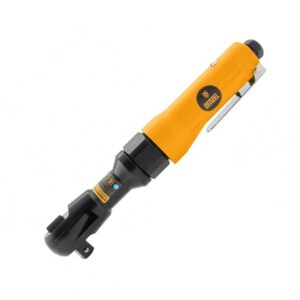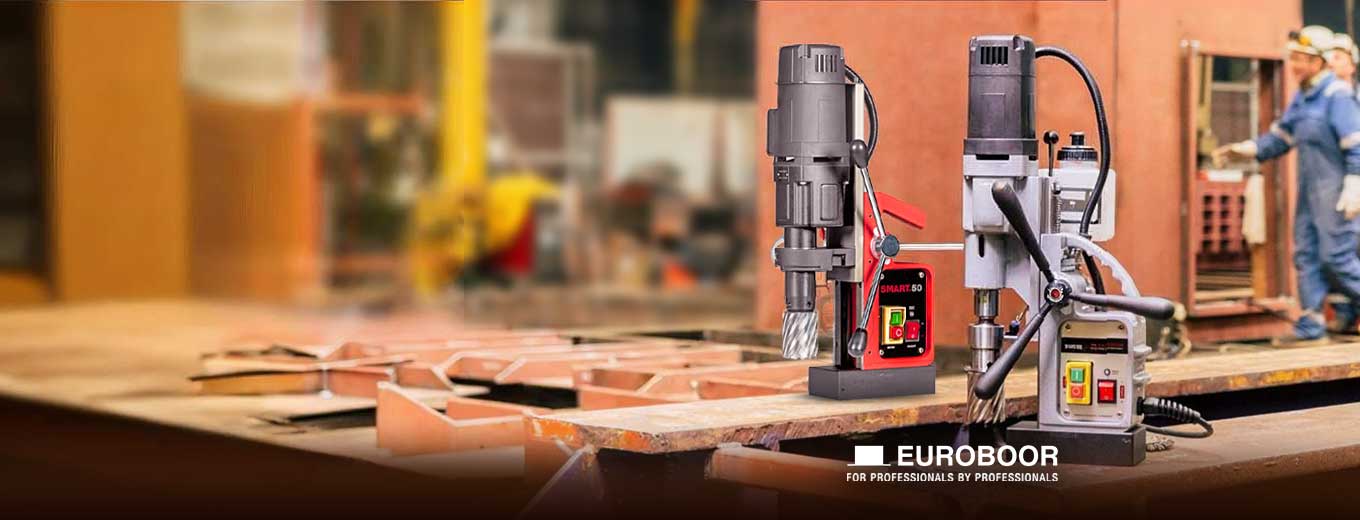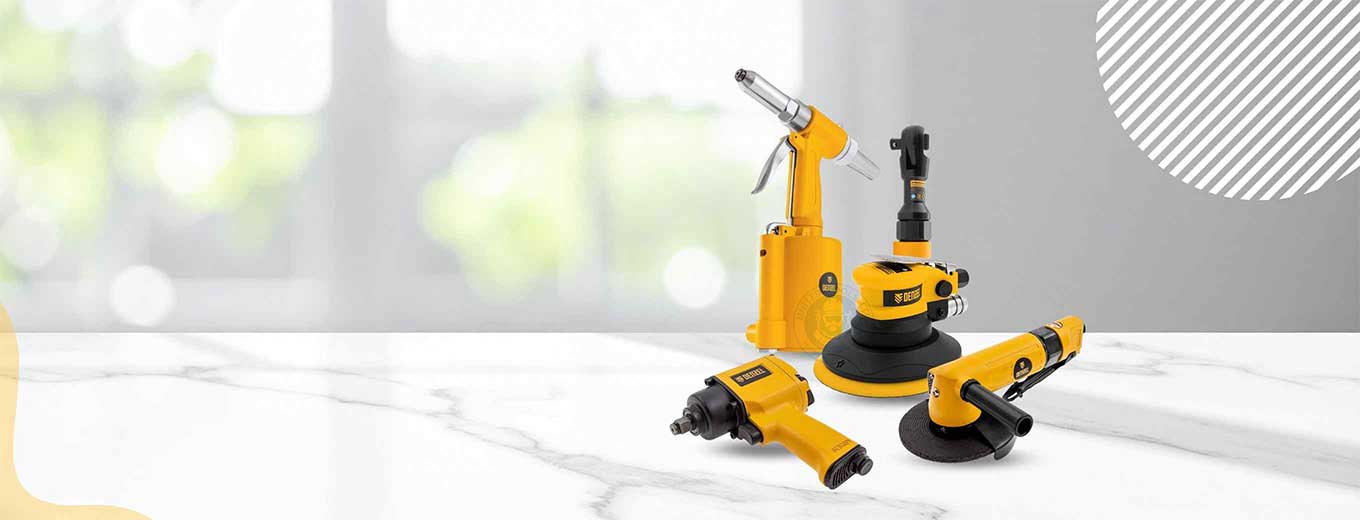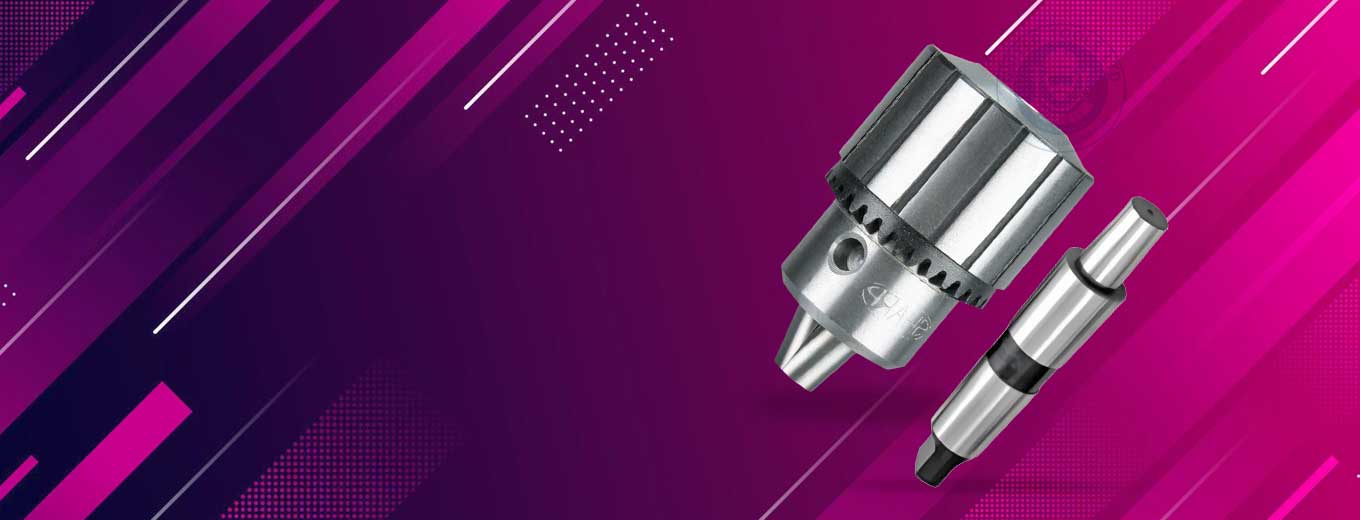Office Hotline: Call/Whatsapp+254 774 888 373
What's New?
Check out recently added products here!
Quality Products
Competitive Pricing
Dependable Team and Service
Delivery All Over East Africa
Your First Choice
Measuring, Marking & Testing
OZAR
Spring Calipers & Dividers
Sizes up to 24" / 600mm

World Class Engineering Tools
OZAR
Bench Vices
4" / 6" / 8"

Automotive Service Tools
High Performance
Vehicle Service Tools
from Reliable, Trusted Brands

Hot Products This Week!
Rotary Barrel Hand Pumps
Smooth, simple drum transfer
They are ideal for dispensing and transferring fluids of light to medium viscosity (Options available for chemicals, oil, water etc). Check fluid compatibility with pump type.

High Performance Abrasives
Great Performance
Pink Vitrified Mounted Points
Highly Refined Aluminium Oxide

Sealants, Adhesives, Lubricants & Industrial Chemicals

From our Blog
Why Choose United Tools Limited, Kenya?
Quality Assurance, Competitive Pricing, Expert Support
We supply trusted and well-known brands like OZAR, K-MET (Kinex), Norton Abrasives, EUROBOOR, Kennedy, Draper, Sealey, Clarke, Addison, Denzel, MTX, Makita, Ryobi, Loctite, Belzona, UNIKA, Helicoil, Rennie, Trubor, Cetaform, RIVIT, Band-IT, Somta, Tamtek, Sykes, Senator, Gear Cutters, Lathe Tools, Hydraulic Tools, Key Steel, Silver Steel, PCL, Airmax Pneumatic, Sterling Abrasives, Sharp, and other industry leaders to guarantee professional-grade quality. **Competitive Pricing:** Our direct relationships with suppliers enable us to offer competitive prices on measuring tools trusted in the Kenyan & East African market in Tanzania, Uganda, Rwanda, Burundi, Ethiopia & South Sudan. **Expert Support:** Our technical team is available to help with tool selection, application needs, and maintenance procedures. **Delivery Possible:** We ensure reliable delivery across Kenya and East Africa, so your engineering tools and equipment arrive safely and on time. **Professional Service:** We understand the demanding needs of workshops, garages, and industrial facilities. From grease buckets to precision micrometers, we've got you covered. Enhance your workshop capabilities with professional engineering tools recommended by Kenya's top suppliers. Browse our extensive online catalog today and see why professionals choose us for their measuring tools, power tools, and specialized equipment needs.
Professional Engineering Tools & Equipment Online Shopping in Kenya
Industrial Grade Solutions for Measuring, Drilling, Cutting, Grinding, Auto Maintenance, and Safety Shoes
Precision Measuring Tools Kenya - Explore Kenya's wide selection of precision measuring tools and engineering equipment on our online shopping site. We offer everything from professional calipers and micrometers to specialized boring tools. Our instruments meet international standards for workshops, garages, and industrial facilities across Kenya & East Africa. ### Digital Calipers & Micrometers - K-MET Precision Instruments Our K-MET measuring tools reflect over 110 years of European precision engineering. Browse through digital calipers, vernier calipers, and Forester calipers designed for accuracy in machining and fabrication. Our range of outside micrometers, tube micrometers, and internal micrometers ensures precise measurements for critical engineering tasks. **Featured Measuring Equipment:** - Digital depth calipers and internal calipers for precise work - Dial gauges, dial indicators, and magnetic stands - Height gauges and surface marking gauges - Steel squares, protractors, and digital protractors - Feeler gauges, radius gauges, and welding gauges - Thread gauges for accurate threading tasks. ### Power Tools Kenya - Professional Grade Equipment Upgrade your workshop with our extensive collection of power tools trusted by suppliers in Kenya. We have everything from drilling tools to cutting equipment, perfect for metal fabrication, garage work, and construction projects. **Safe & Powerful Drilling Tools:** Our EUROBOOR magnetic drills, vacuum drills, and annular cutters provide excellent results for heavy-duty use. Complete your toolkit with countersinks, holesaws, twist drills, and various drill bit sets. Stop drills ensure precise depth control for specialized boring activities. **Cutting & Grinding Solutions:** We offer high-quality cutting discs, grinding wheels, and mounted stones for demanding metalwork tasks. Norton Rapid Strip Discs and Norton Flap Blend Discs are excellent for surface preparation, while our sanding discs, flap discs, and emery rolls ensure smooth finishing. For metalworking, choose from high-torque angle grinders, portable band saws, and hole punchers. Woodworkers will love our ergonomic jigsaws, routers, and compound mitre saws. For the jobsite, look for specialty tools like air compressors, grease guns, and rebar tying tools. ### Automotive Tools Kenya - Complete Vehicle Service Solutions Professional mechanics across Kenya trust our automotive tools and vehicle service equipment. From panel beating kits to specialized diagnostic tools, we provide everything for thorough vehicle maintenance and repair. **Essential Automotive Equipment:** - Telescopic bore gauge and angular torque gauge for engine work - Impact adaptors, socket sets, and impact wrench collections - Adjustable hook wrenches and torque wrenches for precision work - Mechanic's stethoscope for accurate diagnostics - Radiator pressure tester and cooling system tools - Oil filter wrenches and specialized automotive hand tools **Panel Beating & Body Work:** Our complete panel beating kits include specialized hammers, dollies, and forming tools. Center punch sets, v-blocks, and clamp jacks help with precise bodywork and fabrication tasks. ### Industrial Adhesives & Maintenance Solutions **Loctite Kenya - Professional Grade Adhesives:** We offer genuine Loctite products such as threadlockers, instant adhesives, and structural acrylics. Our selection meets assembly, maintenance, and repair needs across various industries. **Belzona Kenya - Repair Solutions:** Professional Belzona 1111 repair compounds and protective coatings restore industrial equipment. Our Belzona solutions provide long-lasting repairs for pumps, pipework, and machinery components. **Hylomar & Hylosil Products:** We supply specialized Hylomar gasket compounds and Hylosil 300 formulations for automotive and industrial sealing applications. These materials provide reliable, long-term sealing in tough environments. ### Hydraulic Tools & Equipment We offer professional hydraulic tools for heavy-duty use, including crimping tools, hole punches, and hydraulic cylinders. Our hydraulic equipment supports construction, maintenance, and fabrication work that requires high-force applications. ### Safety Equipment & PPE **ACE Safety Shoes Collection:** Premium ACE Mamba, ACE Chui, and ACE Duma safety footwear provide crucial foot protection for industrial settings. Each model meets safety standards while ensuring comfort for long-term wear. **Professional Safety PPE:** We supply comprehensive safety equipment including protective eyewear, work gloves, and special safety gear for welding, grinding, and machining tasks. ### Testing & Quality Control Equipment **WESAF Dye Penetrant Testing Kit:** Our professional non-destructive testing solutions include anti-spatter nozzle gel, pickling paste, and silicone spray. Our food-grade anti-spatter fluid is safe for food processing environments. **Wire Brushes & Surface Preparation:** We provide industrial wire brushes for cleaning, deburring, and surface preparation across various materials and applications. ### Access Equipment & Workshop Solutions **Metaform Aluminium Ladders Kenya:** Our professional-grade step ladders, multi-purpose ladders, extension ladders, and platform ladders meet international safety standards. Our ladders include mobile platforms and specialized access tools for industrial use. ### Hand Tools & Workshop Equipment Our hand tools collection features screwdrivers, pliers, wrenches, and specialized tools for precision tasks. We carry carbide rotary burrs, taper shank drills, and half shank drills for specialized machining. **Workshop Storage & Organization:** Die stock sets, helicoil thread repair kits, and organized tool storage options help keep workshops efficient and productive.








































































































